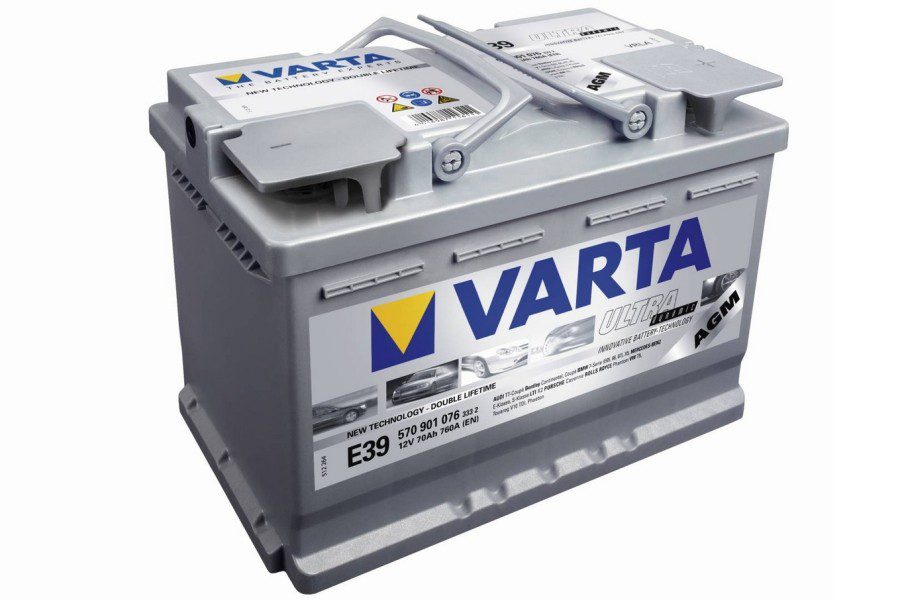
Battery in a car - what is it?
Content
Some vehicle systems require voltage to operate. Some use only a small part of the energy, for example, exclusively for the operation of one sensor. Other systems are complex and cannot function without electricity.
For example, to start the engine earlier, drivers used a special knob. It was inserted into the hole intended for it and, with the help of physical force, the crankshaft of the engine was turned. You can't use such a system in modern cars. Instead of this method, a starter is connected to the flywheel. This element uses current to turn the flywheel.
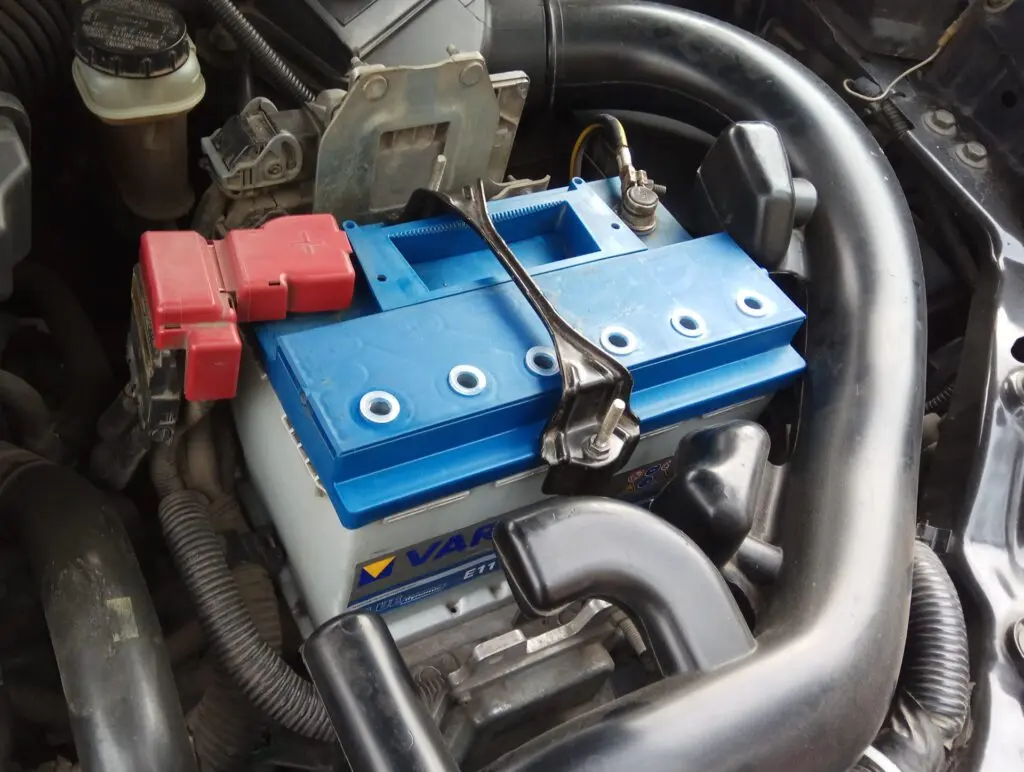
To provide all systems of the car with electricity, the manufacturers provided for the use of batteries. We have already considered how to care for this element. in one of the previous reviews... Now let's talk about the types of rechargeable batteries.
What is battery
Let's first understand the terminology. A car battery is a constant current source for a car's electrical network. It is capable of storing electricity while the engine is running (a generator is used for this process).
It is a rechargeable device. If it is discharged to such an extent that the car cannot be started, the battery is removed and connected to a charger, which operates on a household power supply. Other ways to start the engine when the battery is planted is described here.

Depending on the vehicle model, the battery can be installed in the engine compartment, under the floor, in a separate niche outside the car or in the trunk.
Battery device
A rechargeable battery consists of several cells (called a battery bank). Each cell has plates. Each platinum carries a positive or negative charge. There is a special separator between them. It prevents short circuits between the plates.
To increase the contact area of the electrolyte, each plate is shaped like a grid. It is made of lead. An active substance is pressed into the lattice, which has a porous structure (this increases the contact area of the plate).
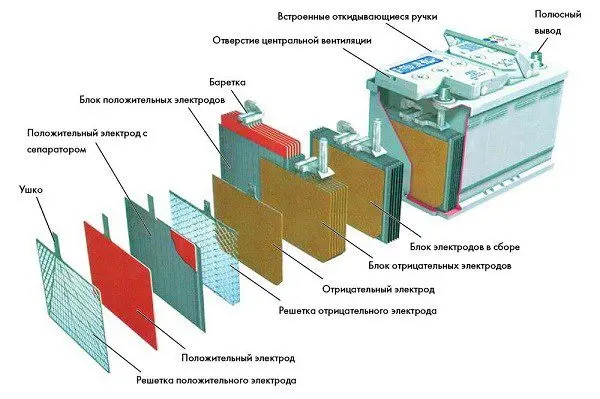
The positive plate is composed of lead and sulfuric acid. Barium sulfate is included in the structure of the negative plate. During the charging process, the substance of the positive pole plate changes its chemical composition, and it becomes lead dioxide. The negative pole plate becomes an ordinary lead plate. When the charger is disconnected, the plate structure returns to its original position and their chemical composition changes.
An electrolyte is poured into each jar. It is a liquid substance that contains acid and water. The liquid causes a chemical reaction between the plates, from which a current is generated.
All battery cells are housed in a housing. It is made of a special type of plastic that is resistant to constant exposure to an active acidic environment.
The principle of operation of the storage battery (accumulator)

A car battery uses the movement of charged particles to generate electricity. Two different processes take place in the battery, due to which the power source can be used for a long time:
- Low battery. At this point, the active substance oxidizes the plate (anode), which leads to the release of electrons. These particles are directed to the second plate - the cathode. As a result of a chemical reaction, electricity is released;
- Battery charge. At this stage, the opposite process occurs - the electrons are converted into protons and the substance transfers them back - from the cathode to the anode. As a result, the plates are restored, which allows the subsequent discharge process.
Types and types of batteries
There is a wide variety of batteries these days. They differ from each other in the material of the plates and the composition of the electrolyte. Traditional lead-acid types are used in cars, but there are already frequent cases of application of advanced technologies. Here are some of the features of this and other battery types.
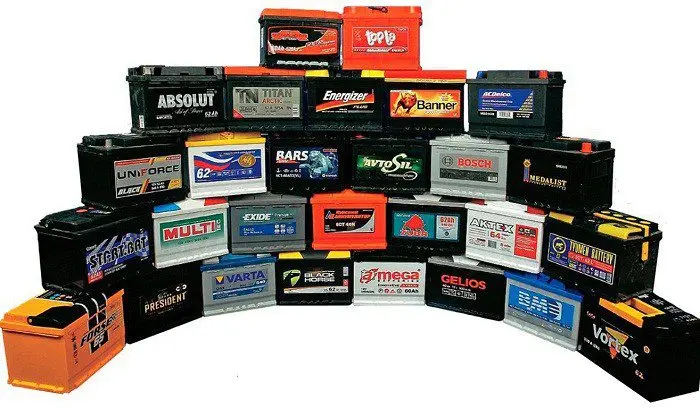
Traditional ("antimony")
Lead-acid battery, the plates of which are 5 percent or more of antimony. This substance was added to the composition of the electrodes to increase their strength. Electrolysis in such power supplies is the earliest. At the same time, a sufficient amount of energy is released, but the plates are quickly destroyed (the process begins already at 12 V).
The main disadvantage of such batteries is the large release of oxygen and hydrogen (air bubbles), which causes the water from the cans to evaporate. For this reason, all antimony batteries are serviceable - at least once a month, you need to check the level and density of the electrolyte. The maintenance includes the addition of distilled water, if necessary, so that the plates are not exposed.

Such batteries are no longer used in cars to make it as easy as possible for the driver to maintain the car. Low antimony analogs have replaced such batteries.
Low antimony
The amount of antimony in the composition of the plates is minimized to slow down the process of water evaporation. Another positive point is that the battery does not discharge so quickly as a result of storage. Such modifications are classified as low-maintenance or non-maintenance types.
This means that the car owner does not need to check the electrolyte density and volume every month. Although they cannot be called completely maintenance-free, since the water in them boils away anyway, and the volume must be replenished.
The advantage of such batteries is their unpretentiousness to energy consumption. In the car network, voltage surges and drops may occur, but this does not adversely affect the power source, as is the case with a calcium or gel analogue.
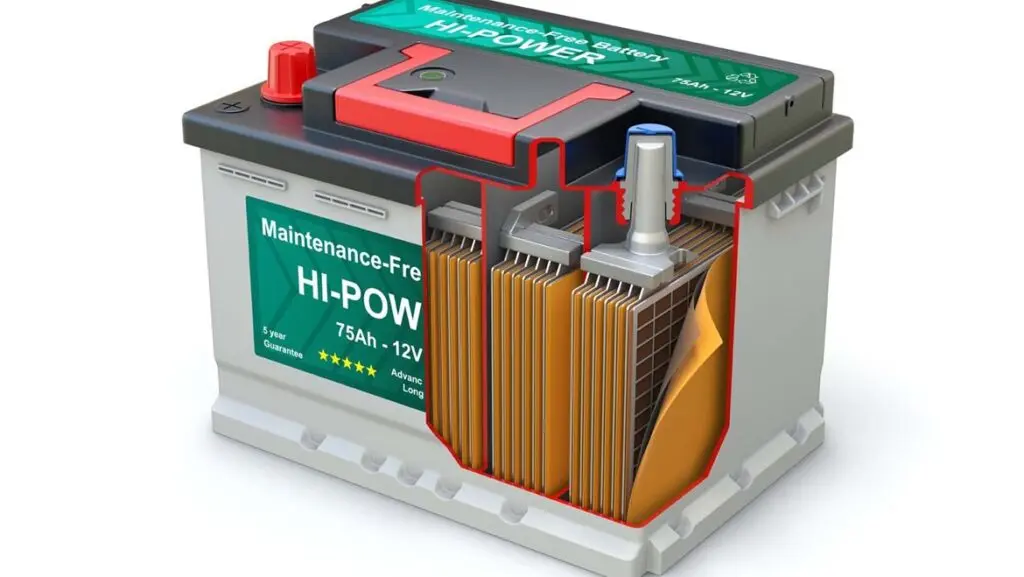
For this reason, these batteries are most suitable for domestic cars that cannot boast of having equipment with stable energy consumption. They are also suitable for motorists with an average income.
Calcium
This is a modification of a low antimony battery. Only instead of containing antimony, calcium is added to the plates. Moreover, this material is part of the electrodes of both poles. Ca / Ca is indicated on the label of such a battery. To reduce the internal resistance, the surface of active plates is sometimes coated with silver (an extremely small fraction of the content).
The addition of calcium further reduced gassing during battery operation. The density and volume of electrolyte in such modifications for the entire period of operation does not need to be checked at all, therefore they are also called maintenance-free.

This type of power supply is 70 percent less (compared to the previous modification) subject to self-discharge. Thanks to this, they can be stored for a long time, for example, during winter storage of equipment.
Another advantage is that they are not so afraid of overcharging, since electrolysis in them begins no longer at 12, but at 16 V.
Despite many positive aspects, calcium batteries have several significant disadvantages:
- The energy consumption drops if it is completely discharged a couple of times and then recharged from scratch. Moreover, this parameter decreases so much that the battery requires replacement, since its capacity is not enough for the normal functioning of the equipment connected to the car network;
- The increased quality of the product requires a higher fee, which makes it inaccessible to users with an average material income;
- The main field of application is foreign cars, since their equipment is more stable in terms of energy consumption (for example, side lights in many cases turn off automatically, even if the driver accidentally forgot to turn them off, which often leads to a complete discharge of the battery);
- Battery operation requires more attention, but with proper vehicle care (use of high-quality equipment and attentiveness to full discharge), this battery will last much longer than its low-antimony counterpart.
Hybrid
These batteries are labeled Ca +. Plates are hybrid in this modification. The positive may include antimony, and the negative may include calcium. In terms of efficiency, such batteries are inferior to calcium ones, but the water in them boils away much less than in low antimony ones.
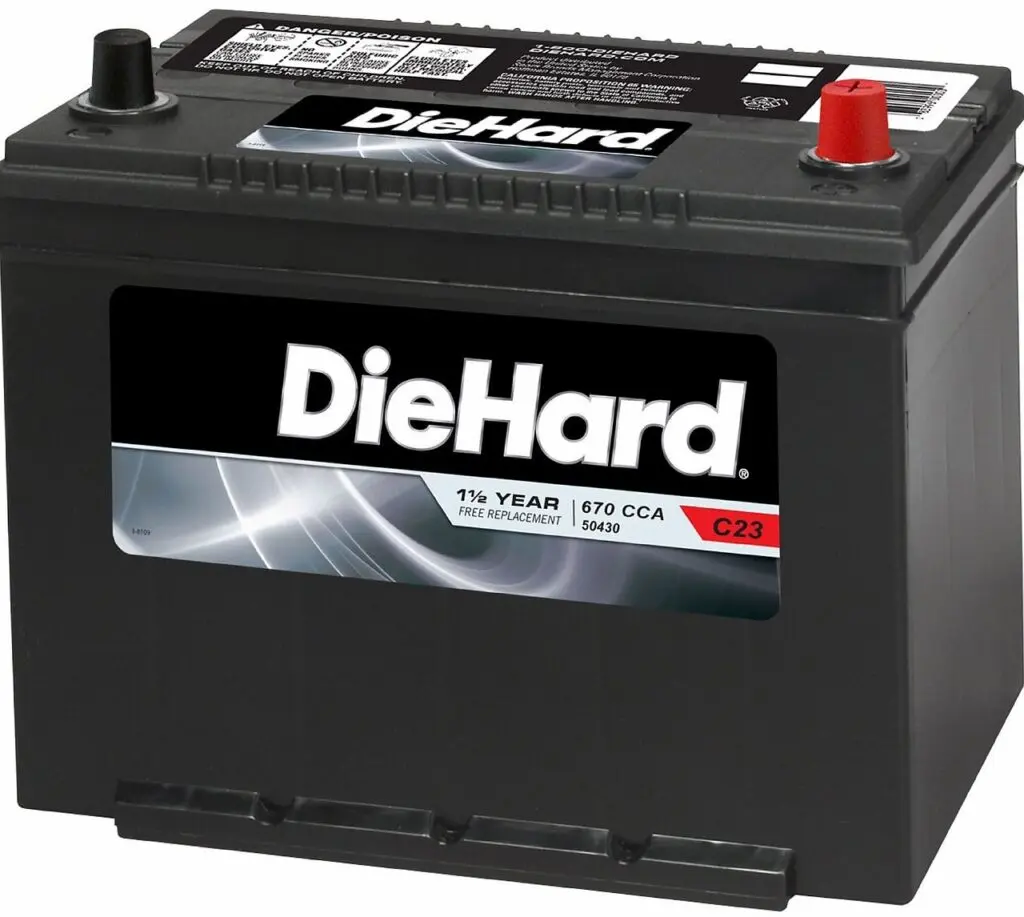
Such batteries do not suffer so much from a full discharge, and are not afraid of overcharging. An excellent option if the budget option is not technically satisfactory, and there is not enough money for a calcium analogue.
Gel, AGM
These batteries use a gel electrolyte. The reason for the creation of such batteries was two factors:
- The liquid electrolyte of conventional batteries will quickly leak out when the case is depressurized. This is fraught not only with damage to property (the car body will quickly deteriorate), but it can also cause serious harm to human health while the driver is trying to do something;
- After a while, the plates, due to careless operation, are capable of collapsing (spilling out).
These problems were eliminated by using a gelled electrolyte.
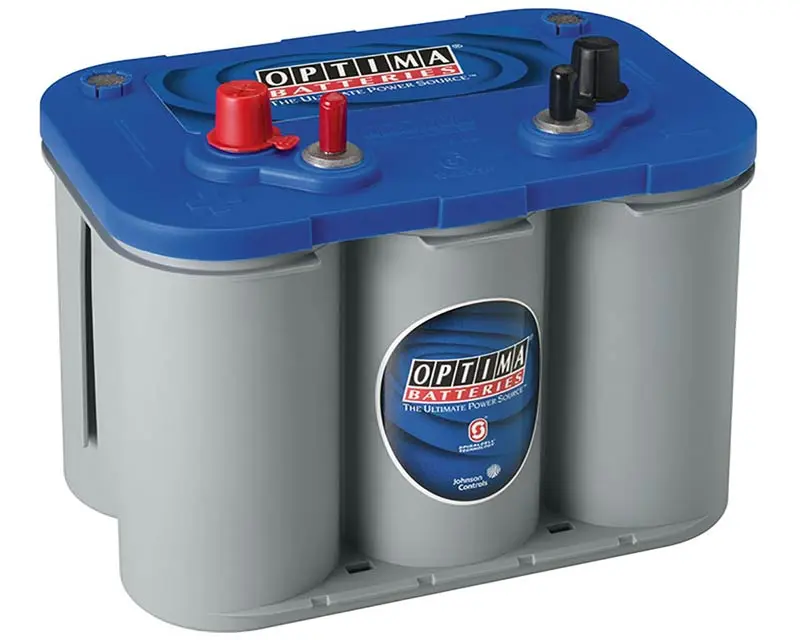
In the AGM modifications, a porous material is added to the device, which holds the gel near the plates, preventing the formation of small bubbles in their immediate vicinity.
The advantages of such batteries are:
- They are not afraid of tilts - for models with liquid electrolyte this cannot be achieved, since during their operation, air still forms in the case, which, when turned over, exposes the plates;
- Long-term storage of a charged battery is allowed, since they have the lowest self-discharge threshold;
- Throughout the entire cycle between charges, it produces a stable current;
- They are not afraid of full discharge - the battery capacity is not lost at the same time;
- The working life of such elements reaches ten years.
In addition to the advantages, such car batteries have a number of big disadvantages that baffle most users who want to install them in their car:
- Very whimsical to charge - this requires the use of special chargers that provide a stable and low charge current;
- Fast charging is not allowed;
- In cold weather, the efficiency of the battery drops sharply, since the gel decreases its conductor properties when cooled;
- The car must have a stable generator, so such modifications are used in luxury cars;
- Very high price.
Alkaline
Car batteries can be filled with not only acidic but also alkaline electrolyte. Instead of lead, plates in these modifications are made of nickel and cadmium or nickel and iron. Potassium hydroxide is used as an active conductor.
The electrolyte in such batteries does not need to be replenished, since it does not boil away during operation. Compared to acid counterparts, these types of batteries have the following advantages:
- Not afraid of overdischarge;
- The battery can be stored in a discharged state, and it will not lose its properties;
- Recharge is not critical for them;
- More stable at low temperatures;
- Less susceptible to self-discharge;
- They do not emit corrosive harmful vapors, which allows them to be charged in a residential area;
- They store more energy.
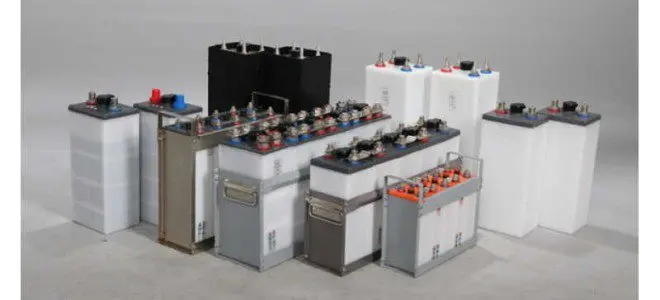
Before purchasing such a modification, the car owner must determine whether he is ready to make such compromises:
- An alkaline battery produces less voltage, so more cans are needed than an acid counterpart. Naturally, this will affect the dimensions of the battery, which would provide the necessary energy to a specific on-board network;
- High price;
- More suitable for traction than starter functions.
Lithium ion
The most advanced at the moment are the lithium-ion options. Until the end, this technology has not yet been completed - the composition of active plates is constantly changing, but the substance with which experiments are carried out is lithium ions.
The reasons for such changes are increased operational safety (for example, lithium metal turned out to be explosive), as well as a decrease in toxicity (modifications with the reaction of manganese and lithium oxide had a high degree of toxicity, which is why electric cars on such elements could not be called "green" transport).
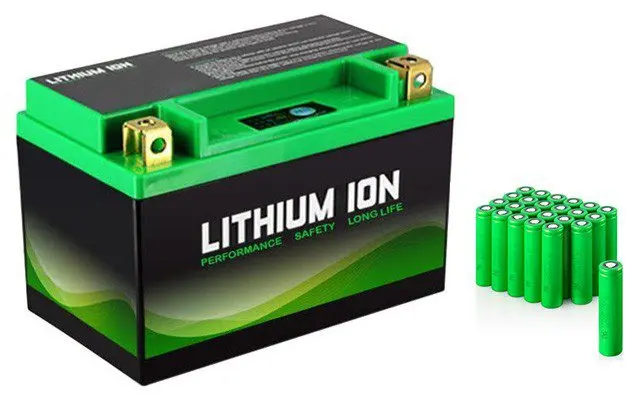
These batteries are designed to be as stable and safe as possible for disposal. The advantages of this innovation include:
- Largest capacity compared to identical sized batteries;
- Highest voltage (one bank can supply 4 V, which is twice as much as that of the "classic" analog);
- Less susceptible to self-discharge.
Despite these advantages, such batteries are not yet able to compete with other analogues. There are several reasons for this:
- They work poorly in frost (at negative temperatures it discharges very quickly);
- Very few charge / discharge cycles (up to five hundred);
- Storage of the battery results in a loss of capacity - in two years it will decrease by 20 percent;
- Are afraid of full discharge;
- It gives out weak power so that it can be used as a starter element - the equipment will work for a long time, but there is not enough energy to start the motor.
There is another development that they want to implement in electric vehicles - this is a supercapacitor. By the way, cars have already been created that run on this type of battery, however, they also have many drawbacks that prevent them from competing with more harmful and dangerous batteries. Such a development and an electric vehicle powered by this power source is described in another review.
Battery life
Although today research is underway to improve the efficiency and safety of batteries for the on-board network of a car, so far the most popular are acid options.
The following factors affect battery life:
- The temperature at which the power supply is operated;
- Battery device;
- Generator efficiency and performance;
- Battery fixation;
- Riding mode;
- Power consumption when the equipment is turned off.
Proper storage of a battery that is not in use is described in here.
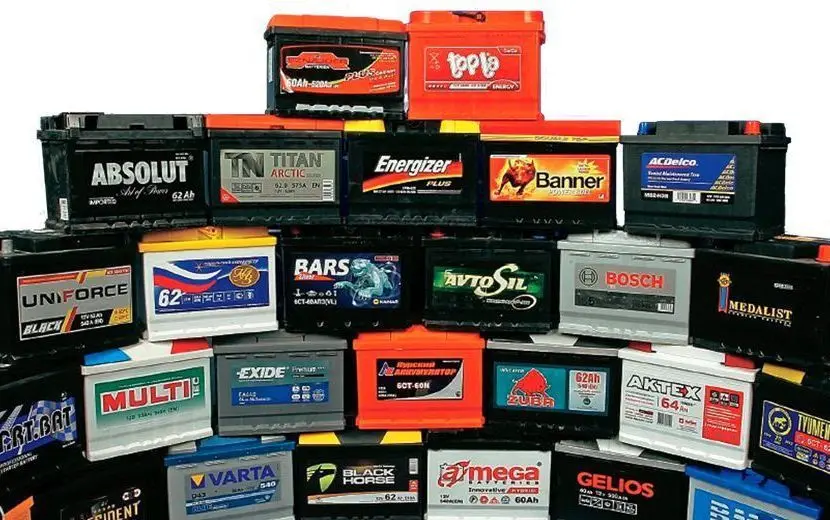
Most acid batteries have a small working life - the highest quality ones will last from five to seven years even if all the operating rules are observed. Most often these are unattended models. They are recognized by the brand name - well-known manufacturers do not spoil their reputation with low-quality products. Also, such a product will have a long warranty period - at least two years.
The budget option will last for three years, and the warranty for them will not exceed 12 months. You should not rush to this option, since it is impossible to create ideal conditions for battery operation.
Although it is impossible to determine the working resource for years - this is the same as in the case of car tires, which is described in another article... An average battery must withstand 4 charge / discharge cycles.
More details about the life of the battery are described in this video:
Questions and answers:
What does battery mean? Accumulator battery - storage battery. This is a device that independently generates electricity necessary for the autonomous operation of electrical appliances in a car.
What does the battery do? When it is charged, the electricity starts a chemical process. When the battery is not being charged, a chemical process is triggered to generate electricity.